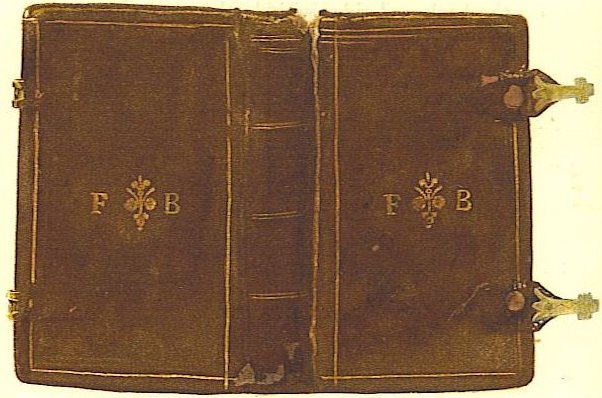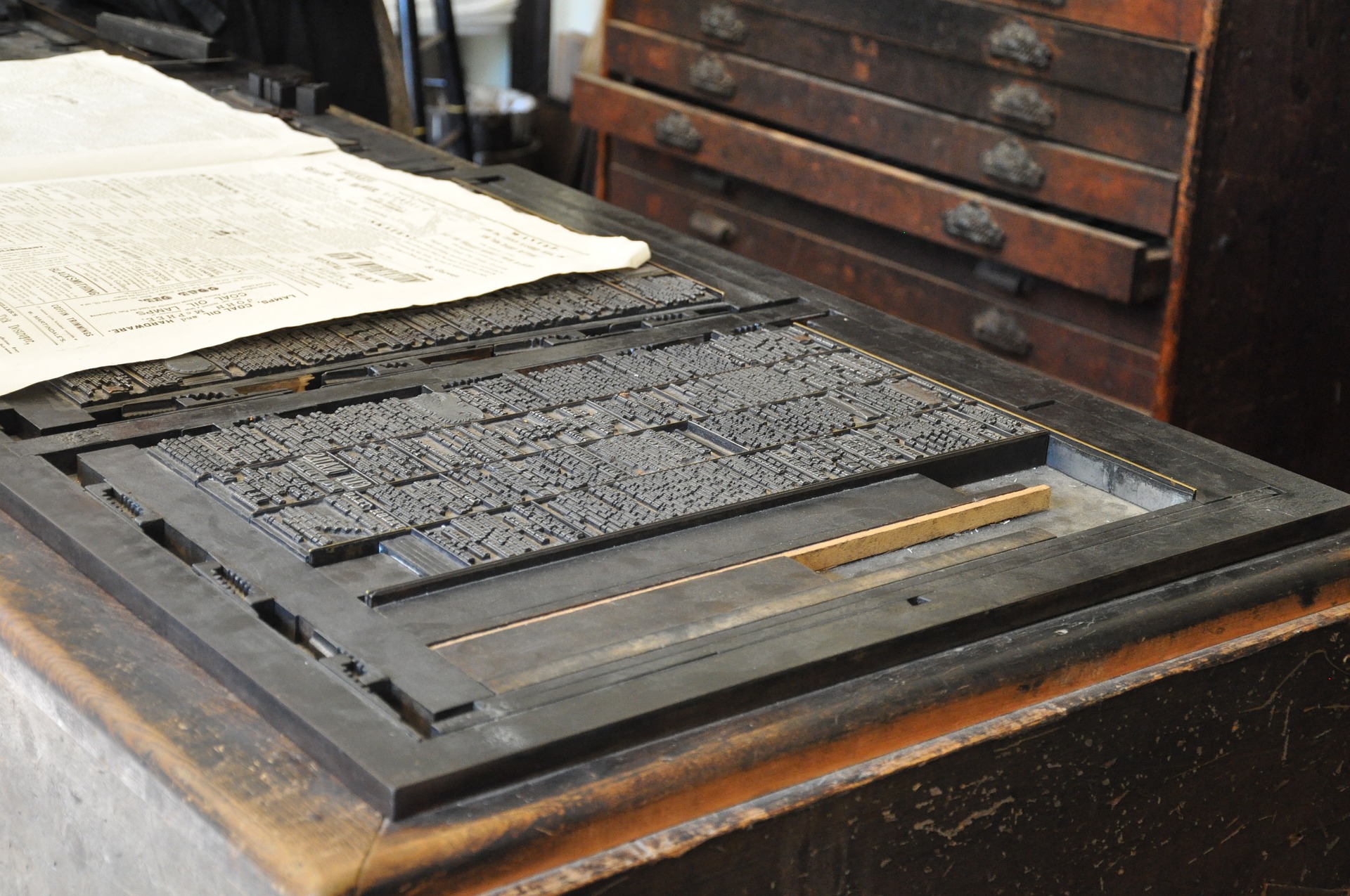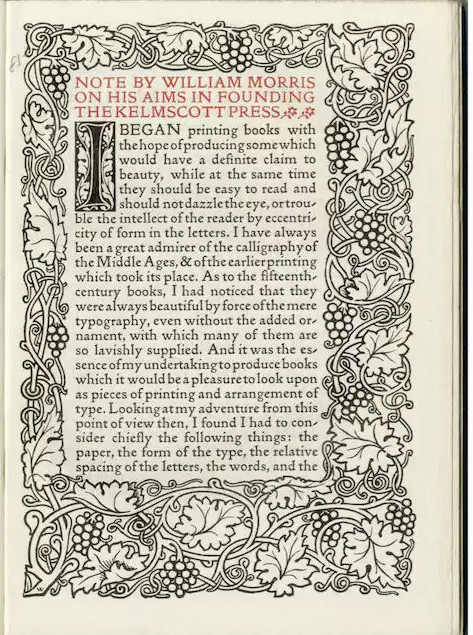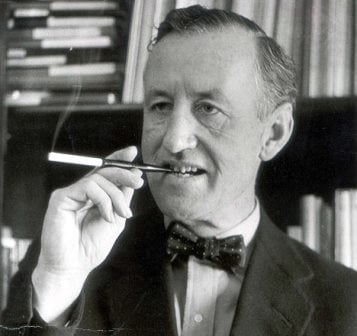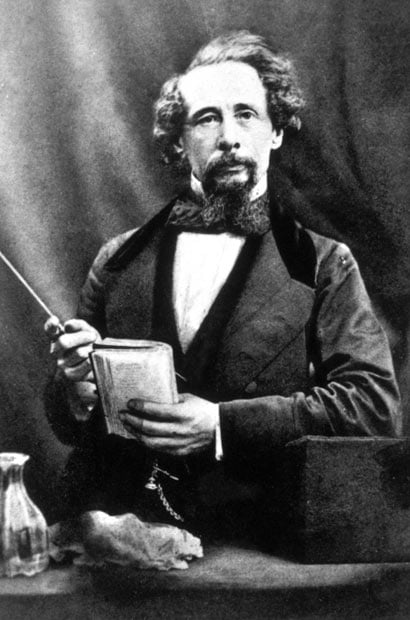The Puritans who settled New England were, for their part, a bookish lot. A component of their schismatic position regarding the church derived from the fact that they believed that the Bible ought to be translated into (and read in) the vernacular. So, one would expect them on the whole to be a group of thorough readers. As a result of these tendencies, in its era, colonial New England boasted the highest rate of book ownership in the world. Thus began the history of book ownership in the American colonies. And while in the early days of the settlement most books had to be imported from London, it was not long before America’s first printing press was established in Cambridge, Massachusetts.
us toll free: 1-800-948-5563 international: +1 (843) 849-0283 UK: +44 (0) 1334 260018




